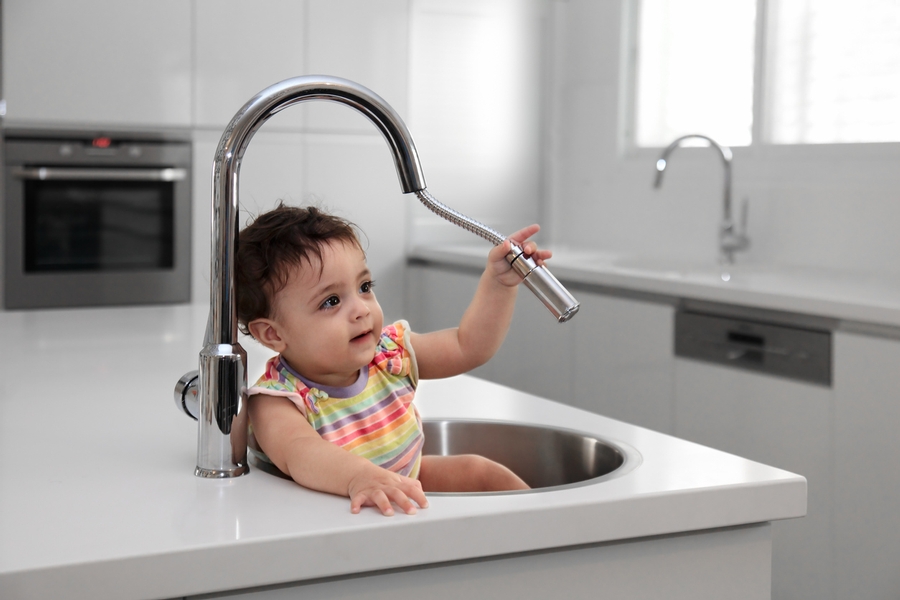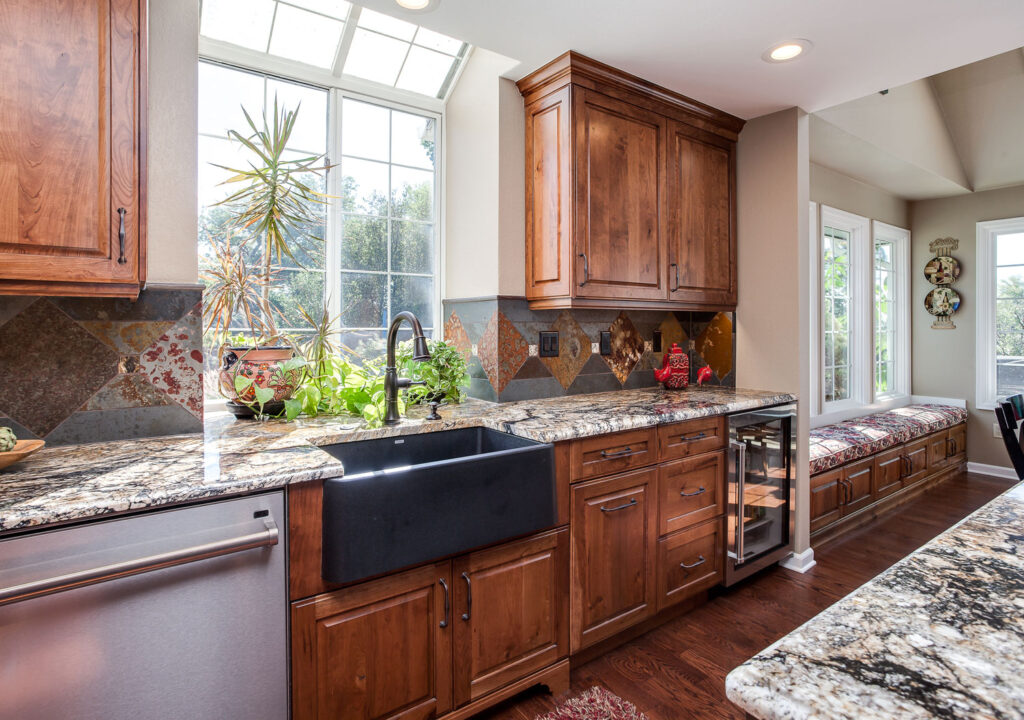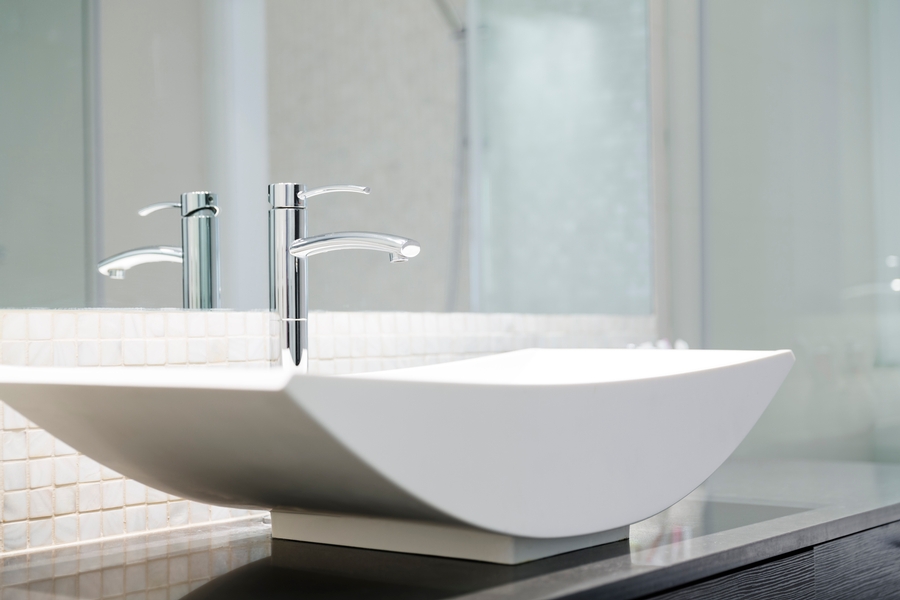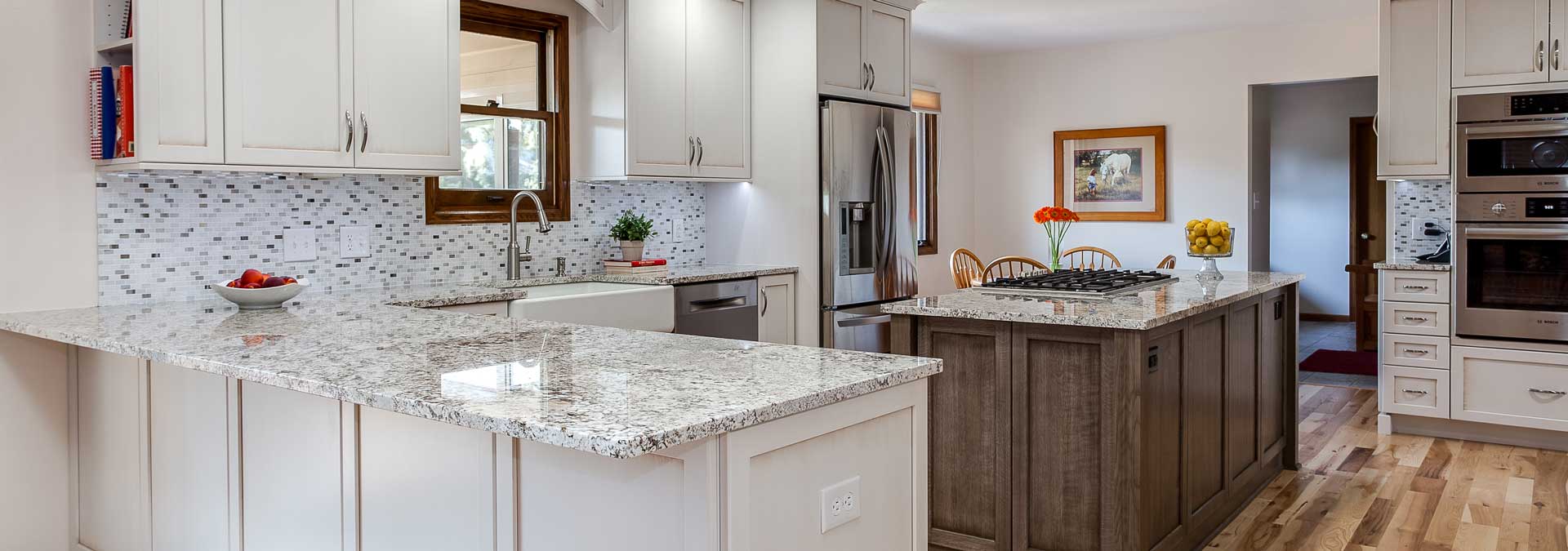The paradox of the unlimited choices available through online search is that it’s almost impossible for anyone to make the best buying decision because of the nearly infinite number of options presented. If you searched on a Houzz.com, Pinterest or Instagram to get ideas for a new bathroom sink and even more for the sink in your kitchen. You would be given tens of thousands of choices. How can you confidently make the best decision with so much sensory overload? The answer for most is that most times you can’t. The following is a guide to make the sink selection process easier for homeowners, designers and builders in Denver and throughout Colorado.

Sink Buying Guidelines
Lifestyle & Space
When selecting a bathroom sink, begin by considering your lifestyle and space:
- Who will use the sink, how often and for what purposes?
- What are the ages of users and their mobility capabilities?
- Is the sink to replace an existing fixture or for a new bath?
- How much countertop and storage space do you need/want?
- How much space is there to work with?
- Would you like a single or double bowl?
Next, give some thought to aesthetics:
- What type of sink do you like?
- What’s your style? Do you prefer contemporary, traditional, farmhouse?
- What type of faucet do you like?
- How will the sink material influence your bathroom style? How durable will the sink be and what maintenance will it require?

Types of Sinks
As you identify your functional needs and aesthetic preferences, you may consider the following sink types:
Console Sink
Console sinks can either be freestanding supported by four legs or mounted to the wall and supported by two or four legs. Leg materials can span the gamut of styles and aesthetic options from hollow steel pipes to posts made from the same material as the sink.
Console Sink Pros:
- Provide almost unlimited options in terms of shape and design.
- If the legs are wide enough, they can provide comfortable wheelchair access
- Easy to maintain and clean
- Durable
Console Sink Cons:
- Limited countertop space
- They are best suited for larger bathrooms because they typically require considerable floor space
- Not a lot of storage space underneath
Pedestal Sink
Pedestal sinks resemble birdbaths. They feature a wall-mounted sink sitting on top of a pedestal secured to the floor. The pedestal is open in the back to provide access for the drainpipe and supply lines.
Pedestal Sink Pros:
- Pedestal sinks hide the pipework
- Best suited for smaller spaces, e.g., powder rooms.
- Easy to maintain and clean.
- An endless array of design and aesthetic options from traditional to contemporary
- They are shorter than a free-standing sink
- Durable
Pedestal Sink Cons:
- Limited countertop space
- No storage space underneath
Wall-Mounted Sink
Wall-mounted sinks are installed directly against the wall.
Wall-Mounted Sink Pros:
- Does not take up floor space, and are a great option when space is at a premium
- Typically wheelchair accessible
Wall-Mounted Sink Cons:
- Minimal countertop space
- No storage space underneath
- Plumbing must be inside the wall to achieve a clean look

Integrated Sink
An integrated sink is a countertop with a built-in sink made out of the same material.
Integrated Sink Pros:
- Easy to clean
- Available in a variety of colors that can look and feel like stone
- Repaired easily
Integrated Sink Cons:
- To replace the sink, you have to replace the countertop
- Compromises some countertop space
- Must be the same material and color as the countertop
Drop-In Sink
A drop-in sink fits into a hole cut into the countertop. Typically, the sink sits below the counter with the rim at the top of the counter.
Drop-In Sink Pros:
- Easy to install on all types of materials
- Available in a variety of sizes, colors and materials
- Integral raised rim prevents overflow on double bowl sinks
- Hides waste and supply lines in the cabinet underneath
Drop-In Sink Cons:
- The raised lip makes it challenging to wipe water and soap from the countertop into the sink
- Limited depth options

Vessel Sink
A vessel sink sits on top of the countertop.
Vessel Sink Pros:
- Opportunity to make a personal design statement
- Offers the capacity to hold a lot of water
- The counter can serve to complement the sink visually rather than just providing a place where it is located.
Vessel Sink Cons:
- Because the sink sits on top of the countertop, you need to consider how high the countertop and vanity should be carefully
- Can be more difficult to clean, especially around the base and back of the sink
Undermount Sink
An undermount sink is installed from underneath a solid surface countertop.
Undermount SInk Pros:
- Clean lines
- Easy to clean as water, soap and other materials can be easily swept from the countertop to the sink bowl
- More minimal appearance than drop-in sink
Undermount Sink Cons:
- Typically, these sinks are made of stone, quartz, marble or other solid surface material and are not suitable for laminate countertops because they can be completely sealed.
- More difficult to install than drop-in sinks
With so many choices and factors to consider, homeowners in Denver Metro Colorado are best served with the help of a showroom professional who specifies bathroom sinks daily. Once you do make your choice be sure to visit our sink care information here.





















